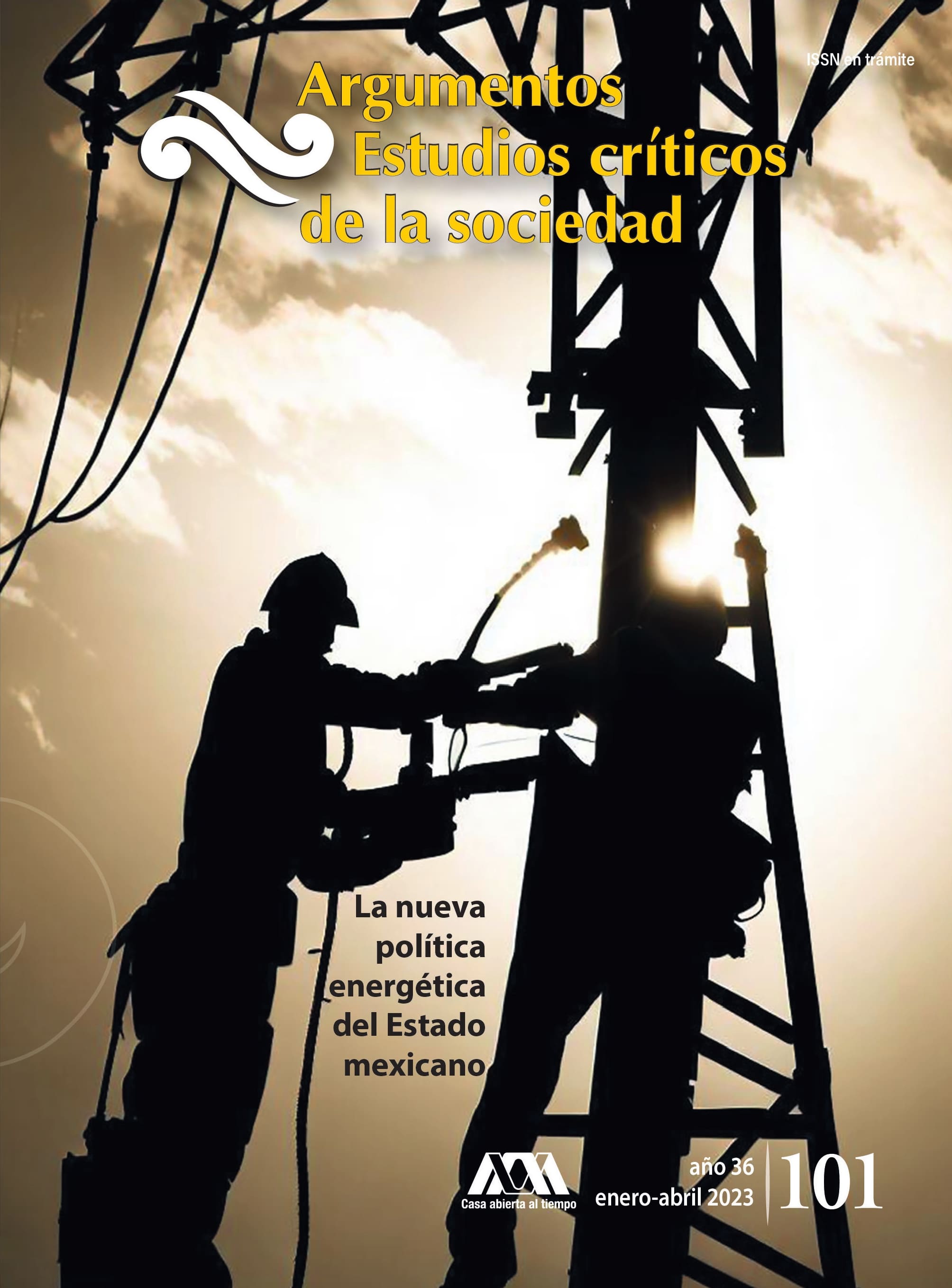Disciplina parlamentaria en México.
El caso de la Coalición Pacto por México y sus reformas legislativas
Keywords:
legislative coalitions, Pact for Mexico, political parties in Mexico, parliamentary discipline, parliamentary groups.Abstract
This article analyzes the behavior of the different parliamentary groups that, from 2012 to 2014, approved an ambitious reform package known as the “Pact for Mexico”. The complexity of the coalitions is shown in terms of the fact that the different parties that supported the Pact for Mexico did so in a differentiated way depending on the different ideological positions of the parties, the level of parliamentary discipline and the dissidence of deputies in the particular to the reforms. In this way, contrary to the idea that the Legislative lost its role as a counterweight to the Executive, it shows how each of the parties reached different dimensions of support for the coalition in a scenario of debate and disputes between and within the same. In the first part of the research, a quantitative analysis of the legislative behavior is carried out before each of the reforms and an overall vision; In the second part, the legislative position of each of the three parties that participated in the coalition is analyzed. Finally, some conclusions are offered on the impact of legislative coalitions (in particular the Pact for Mexico) in the Mexican political system.
References
Alemán, Eduardo y George Tsebelis (2012). “Partidos políticos y coaliciones de gobierno en las américas”, Política / Revista de Ciencia Política, vol. 50, núm. 2.
Amorim Neto, Octavio (2006). “The Presidential Calculus: Executive Policy Making and Cabinet Formation in the Americas”, Comparative Political Studies, vol. 39, núm. 4, pp. 415-440.
Bogdanor, Vernon (ed.) (1983). Coalition Government in Western Europe. Londres: Heinemann.Casar, María Amparo (2000). “Coaliciones parlamentarias: aprendiendo a vivir la democracia”, CIDE. Documento de Trabajo, núm. 104.
Chasquetti, Daniel (2001). “Democracia, multipartidismo y coaliciones en América Latina: evaluando la difícil combinación”, en Jorge Lanzaro, Tipos de presidencialismo y coaliciones políticas en América Latina. Buenos Aires, Clacso, pp. 320-326.
Cheibub, José Antonio, Adam Przeworski y Sebastián M. Saiegh (2004). “Government coalitions and legislative success under presidentialism and parliamentarism”, British Journal of Political Science, vol. 34, pp. 565-587.
Dehesa, Grace Ivana (1997). “Gobiernos de coalición en el sistema presidencial: América del Sur”. Tesis doctoral. Florencia: European University Institute.
Downs, William (1998). Coalition Government, Subnational Style. Multiparty Politics in Europe’s Regional Parliaments. Columbus: Ohio State University.
Guerrero Aguirre, Francisco Javier y Juan Carlos Amador Hernández (2016). Pacto por México. La concertación política en contextos de democracias fragmentadas, el caso. México: Cámara de Diputados/D3.
Khrebiel, Keith (1998). Pivotal Politics: A Theory of US Law Making. Chicago: Chicago University Press.
Laver, Michael y Schofield, Norman (1991). Multiparty government: The politics of coalition in Europe. Oxford: Oxford University Press.
Lanzaro, Jorge L. (ed.) (2001). Tipos de presidencialismo y coaliciones políticas en América Latina. Buenos Aires: Clacso.
Lijphart, Arendt (2000). Modelos de democracia. España: Ariel.
Lijphart, Arendt (1982). “The relative salience of the Socio-economic and religious issue dimensions: Coalition formation in ten western democracies, 1919-1979”, European Journal of Political Research, núm. 10, pp. 201-211.
Mainwaring, Scott (1993). “Presidentialism, multipartism and Democracy. The difficult combination”, Comparative Political Studies, vol. 26, núm. 2, julio.
Nacif, Benito (2000); “La lógica de la parálisis y el cambio bajo gobiernos sin mayoría”, Documentos de Trabajo, núm. 126, CIDE, pp. 10-18.
Reniu i Vilamala, Josep María (2015). Los gobiernos de coalición. Barcelona: Editorial UOC.
—— (2009). “Coaliciones parlamentarias”, en Román Reyes (dir.), Diccionario crítico de ciencias sociales. España: Plaza y Valdés.
Reniu, Josep María y Albala, Adrián (2012). “Los gobiernos de coalición y su incidencia sobre los presidencialismos latinoamericanos: el caso del Cono Sur”, Revista de Estudios Políticos, núm. 154, pp. 95-146.
Riker, William H. (1992). “Teoría de juegos y de las coaliciones políticas”, en Albert Batlle, Diez textos básicos de ciencia política. España: Ariel.
Sainez Araiza, Alfredo (2011). “Estrategia y práctica parlamentaria en un congreso plural”, en varios autores, Estrategia y práctica parlamentaria en un Congreso plural. México: Senado de la República.
Serna de la Garza, José María (2016). “El diálogo interpartidario como mecanismo para lograr reformas políticas: el caso de México”, en Kevin Casas-Zamora et al. (eds.), Reformas políticas en América Latina: tendencias y casos. Washington, D.C.: Secretaría General de la Organización de los Estados Americanos.
Strom, Kaare (1984). “Minority governments in parliamentary democracies: the rationality of non-winning cabinet solutions”, Comparative Political Studies, núm. 17, pp. 199-227.
Valadés, Diego (2016). Los gobiernos de coalición en América Latina. México: El Colegio Nacional.







